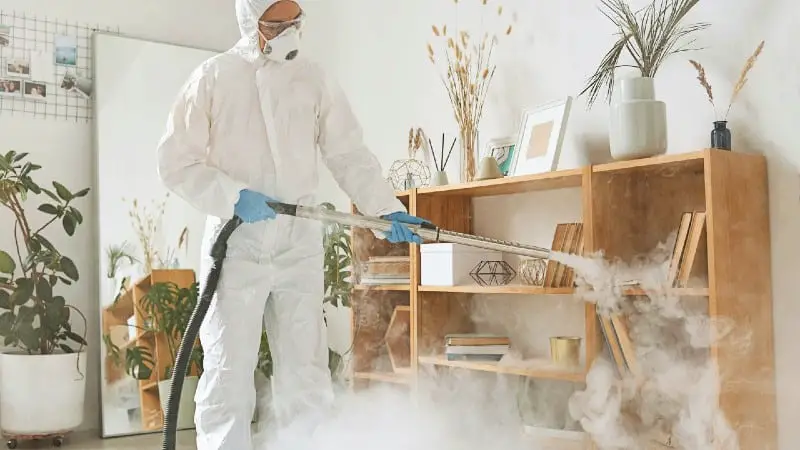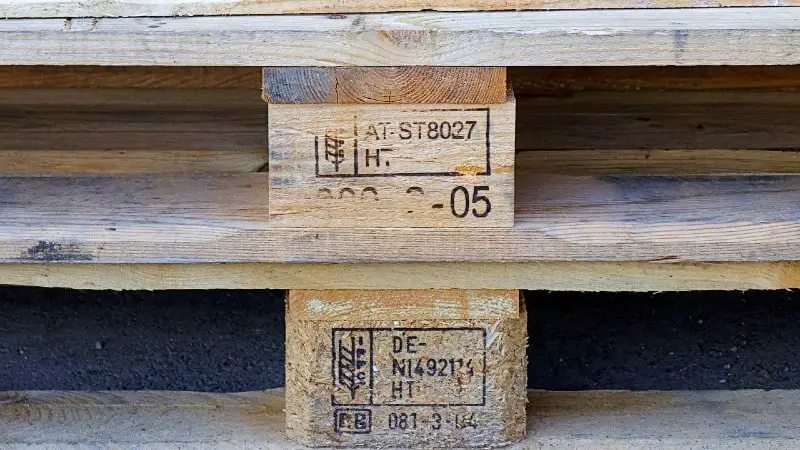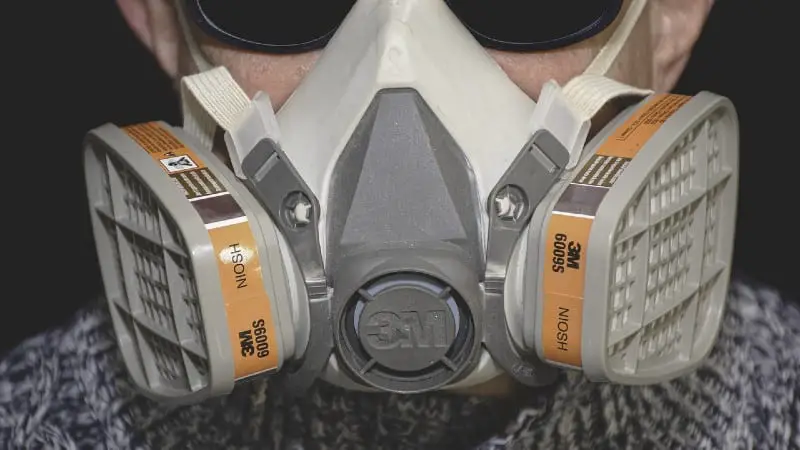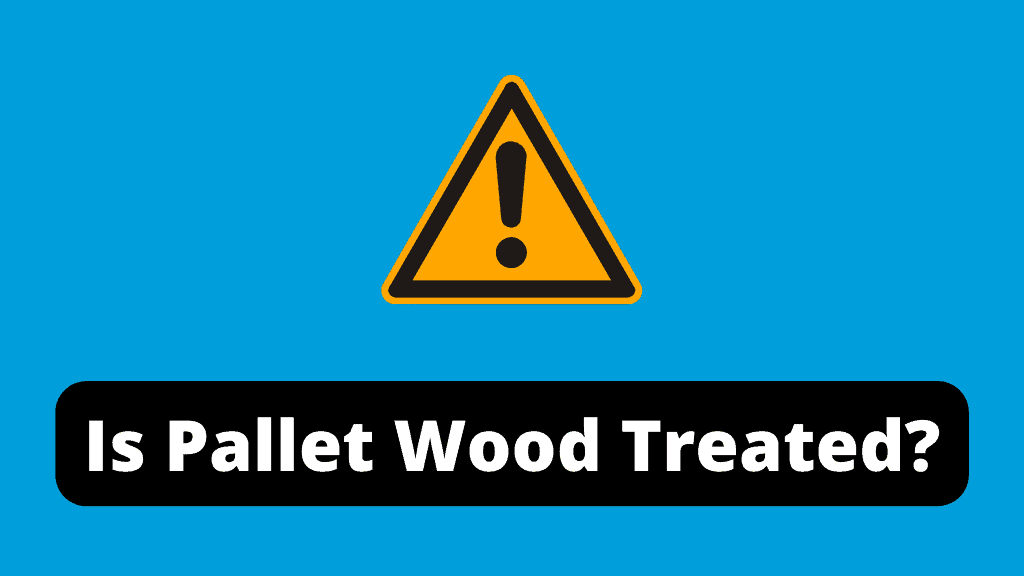Is pallet wood treated? That’s a question we hear all the time, and it’s a good one. Not only can you get pallets for free (or very cheap) from some great sources, but they’re also a great way to add character and style to your home decor.
In fact, the short answer to this question is “sometimes”. Pallets used for transport from one nation to another must be treated according to international regulations; however, pallets that are not meant for travel outside of their country don’t have any such requirements.
If you’re looking for a way to add some rustic charm to your home, one of the best places to start is with pallets. Pallets are typically made of wood, and they come in all different sizes. They’re used for shipping and storing goods, and they can often be found for free or very cheaply. You can use them for all sorts of projects around your home, including DIY furniture, wall art, planters, and more.
But how do you know it’s treated? What kind of treatment do they use? And what’s the best way to deal with that? We’ve got answers to all of these questions, so keep reading!
What does treated pallet wood mean?
First, what do we mean by treated? Here are the two major types:
1) Chemical Treatment – If it’s been treated with chemicals to prevent rot or insect infestation, it may not be safe for you to use in a DIY project. You might also want to avoid using chemically treated wood if you plan on using the pallets for things like food storage or children’s toys.
Pallets can even be treated with fungicidal chemicals to control mold growth:
“… Molds can also be limited by application of prophylactic fungicides … There are at least 20 chemicals currently registered for limiting colonization of freshly sawn wood by molds and other fungi … their use is often restricted because of concerns about possible chemical contamination of the materials being transported … many pallet users do not allow any chemical treatments to be applied to the wood they use for pallets …”
– From an article by Jeff Morrell, PH.D., National Wooden Pallet & Container Association
2) Thermal Treatment – Generally, these treatments heat the wood in order to kill most insects or pests that might be living inside it. Usually, pallets treated with heat are OK for DIYers to use.
However, you need to find out what sort of goods were shipped on the pallet. If it was used to carry toxic chemicals, some of those chemicals might have leaked or spilled onto the pallet. That could make it unsuitable for use.
Also, you need to know what happened to the pallet during its lifetime. Did it get wet? If so, mold could still grow on it.
Pallets can be divided into two categories:
Domestic
Domestic pallets are used only within one country’s borders and therefore don’t need to adhere to the same regulations as ones used for international trade.
International
International shipping regulations require pallets to be treated in order to prevent pests from being transported across borders as freight is shipped.
These regulations are due to the International Plant Protection Convention (IPPC).
The International Plant Protection Convention adopted IPSM 15 (Regulation of wood packaging material in international trade). This measure requires international pallets receive IPPC stamps showing that they’ve been treated in accordance with international standards for pest control and safety.
In summary, these stamps show how the wood was treated. Remember, though, that you still don’t know what happened to the pallet during its lifetime: if it was exposed to water, it might have developed mold; and if it was used to transport toxic material, it might be contaminated with chemicals. I wrote another article about cleaning pallet wood for DIY projects.

What are these markings and codes?
Pallet wood is a great resource for DIYers and new woodworkers. It’s inexpensive, readily available, and can be used to make everything from fences to furniture. However, there are some things you should know about pallet wood if you’re going to use it in your projects.
You’ve probably seen IPPC stamps on international pallets before. They’re used to identify the wood’s origin, and they indicate whether or not the wood has been treated (along with other things).
The IPPC (International Plant Protection Convention) symbol is on the left side of the stamp. This looks something like a tree with the letters IPPC. See the image below for examples of this.
The countries of origin are shown by the two-letter ISO (International Organization for Standardization) country code. The image below shows AT (Austria) for the top pallet and DE (Germany) for the one below it.
There is also a two-letter code for the type of treatment that the pallet received. Below is a list of the treatment codes:
HT
HT is the code for Heat Treated, which means that the wood was dried at high temperatures to kill most insects and pests (IPSM 15 requires that the wood be heated to at least 56 degrees centigrade for a minimum of 30 minutes).
DH
The DH code stands for Dielectric Heating – Microwaves are used to heat the wood so that all parts of it (including the surface) reach at least 60 degrees centigrade for a minimum of one minute.
MB
Another marking is MB, which stands for fumigation with Methyl Bromide. Methyl Bromide is a toxic chemical used in many industries and can cause serious damage if inhaled or ingested. It also depletes the ozone layer, so it’s bad news all around. If you see MB on your pallet wood, don’t use it!.
SF
This code is used for pallets that have been fumigated with Sulphuryl Fluoride. This is done to control insects, pests, rodents, termites, etc. It is listed as a restricted-use pesticide (RUP). Here is a link to an article the Environmental Protection Agency (EPA) wrote about this chemical.
Even if pallets have been heat-treated to kill pests, they can become infested with mold if kept in wet environments. They could also contain traces of toxic chemicals from prior shipments.
Pallets come from a variety of sources, but they can all be prone to contamination. Whether you are dealing with an individual homeowner or a large corporation, it’s important to be aware of the conditions your pallet might have passed through before landing in your garage.

Why is it important to know if pallets are treated?
Why is it important to know if pallets are treated? Because treated wood can be dangerous to you and yours!
Many individuals are unaware that pallets might have been subjected to harmful chemicals or molds. HT stamped pallets, for example, may be fine for your next DIY projects, but could cause harm if they were infected with mold because they got wet at some point in their lifetime.
These are some of the reasons why pallets should be checked for treatment before they are used:
1) You don’t want to expose yourself or your family members to harmful chemicals. If the pallets have been treated with chemicals, these chemicals can cause health problems when they’re absorbed by your skin or inhaled.
2) If the pallet is chemically treated, you don’t want to use it for food storage or any sort of cooking because the chemicals can leach out into the food (and you’ll end up eating them).
3) If you’re using chemically treated wood for a raised garden bed, realize that these chemicals can also leach out into the soil and be absorbed by plants. Any sealer used to finish wood intended for gardening should be eco-friendly.
4) Many states prohibit the open burning of chemically treated wood. My interpretation is that would include pallet wood treated with paint, stain, polyurethane, varnish, a fungicide, Methyl Bromide, Sulphuryl Fluoride, or a similar chemical.
5) You don’t want to make furniture out of something that was used for shipping toxic chemicals around!
6) For pet owners, knowing what chemicals are used on pallets can help keep your pets safe – and help protect them from accidentally ingesting any toxins that may be present in the wood.
In conclusion, it is not advisable to make furniture out of pallets that have been treated with chemicals. These chemicals can pose an environmental hazard and may be harmful to your health. I wrote another article about burning pallets.

What is the difference between Kiln-dried wood and Heat-Treated wood?
If you have been looking for pallets, you may have come across the terms “Kiln-dried” and “Heat-Treated” – but what do these mean?
Kiln-dried wood is heated in order to lower the moisture content, which means that it warps and shrinks less when exposed to humidity changes. Heat-treated (HT IPPC code) wood has been heated to a higher temperature in order to kill most pests.
Heat-treated wood is often used for products that will be exported, because it meets international phytosanitary standards. Kiln-dried wood can be used for a variety of purposes, but it is particularly well suited for projects where warping and shrinking would be undesirable.
Can Heat Treated wood or even kiln-dried wood get infected with mold.? The answer is Yes:
… even kiln-dried wood can experience mold attack when it is rewetted … Many producers also have a misconception that heat treatment will provide protection against mold attack. While heat treatment will kill fungi on or near the wood surface, it generally does not dry the wood. As a result, any spores falling on the wet wood surface find a substrate free of competitors. The result is a potentially higher risk of mold attack…
– From an article by Jeff Morrell, PH.D., National Wooden Pallet & Container Asssociation
If you are going to work with pallet wood, it’s a good idea to wear a respirator
Pallet wood can be treated with chemicals that are toxic if inhaled. If you’re working with pallet wood, it’s a good idea to wear a respirator and other protective gear so that you don’t breathe in any of these chemicals.
As an added safety precaution, make sure to wear gloves and eye protection whenever you’re working with pallet wood that may have been treated with chemicals. It’s also important to follow proper hygiene practices – wash your hands thoroughly after handling any potentially toxic materials and don’t eat or drink anything while working on your project!

Final Words: Is Pallet Wood Treated?
So there you have it: sometimes pallet wood is treated, and sometimes it isn’t.
it’s important to know if pallet wood is treated because it can affect your health and the safety of your projects. If you know that a pallet has been treated with chemicals, then it might not be the best choice for your project. In this case, look around your community or in local ads to see if you can find other people who are looking to get rid of wood pallets. Ask them about their origins and how they were stored, and make sure to follow proper hygiene practices as well as safety precautions when working with any potentially toxic materials.
If you’re going to work with pallet wood, it’s a good idea to wear a respirator. It’s also a good idea to know what kind of treatment has been applied to the wood you’re using so that you know what hazards might be present.
Heat-treated wood has been exposed to heat in order to kill insects and other pests, while kiln-dried wood has been allowed to dry at a lower temperature for a longer time to reduce the moisture content. Heat-treated wood is generally considered to be safe for DIY projects.
In conclusion, it’s important to be aware of the potential hazards associated with treated pallet wood and take appropriate precautions when working with it.
Did you enjoy reading this article? If so, you might be interested in visiting our Pinterest profile. It contains pins about Woodworking, Tools, Projects, Arts, Crafts & DIY, Hardware, and many other topics!

